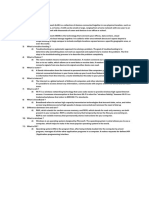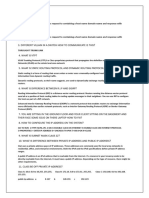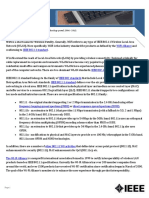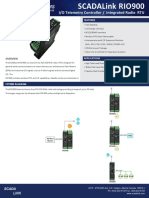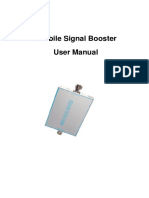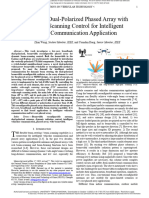0% found this document useful (0 votes)
18 views3 pagesAdvanced Networking
The document provides an overview of computer networking, defining key concepts such as nodes, routers, switches, and types of networks (wired and wireless). It also covers security measures for Wi-Fi, data transfer methods, and common technologies like Bluetooth and NFC. Additionally, it addresses troubleshooting tips for computer issues and explains malware and cloud storage.
Uploaded by
imran.zafarCopyright
© © All Rights Reserved
We take content rights seriously. If you suspect this is your content, claim it here.
Available Formats
Download as DOCX, PDF, TXT or read online on Scribd
0% found this document useful (0 votes)
18 views3 pagesAdvanced Networking
The document provides an overview of computer networking, defining key concepts such as nodes, routers, switches, and types of networks (wired and wireless). It also covers security measures for Wi-Fi, data transfer methods, and common technologies like Bluetooth and NFC. Additionally, it addresses troubleshooting tips for computer issues and explains malware and cloud storage.
Uploaded by
imran.zafarCopyright
© © All Rights Reserved
We take content rights seriously. If you suspect this is your content, claim it here.
Available Formats
Download as DOCX, PDF, TXT or read online on Scribd
/ 3










